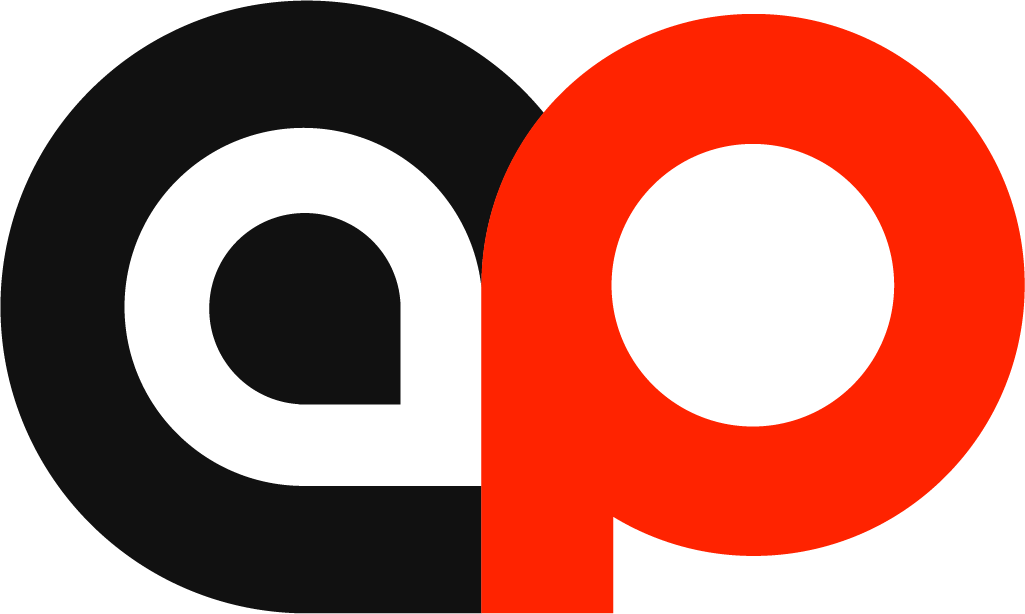Sobia Ahmad: May 2025
Sobia Ahmad is an interdisciplinary artist who explores the transcendental power of everyday experiences, objects, and rituals through film, photography, and social practice. She draws from non-western lexicons, specifically traditions of devotional poetry and oral storytelling associated with Sufism, the mystical branch of Islam. For the last few years, her film, photography, and public art projects have centered on Pando, a forest of one tree interconnected by a single immense root system, spanning 106 acres in Utah. Believed to be between 16,000 and 80,000 years old, it is the largest known organism on land. Pando embodies many of the core ideas in Ahmad’s work. She sees its root system as a guiding metaphor for interconnectedness and many entangled worlds and ways of knowing.
Ahmad was born and raised in Pakistan and moved to the United States at the age of fourteen. She holds an MFA from Carnegie Mellon University (2024), a BS in Community Health (2015), and a BA in Studio Art (2016), both from the University of Maryland College Park.
I draw from South Asian Sufi mysticism, its poetry, and oral storytelling traditions to explore notions of Oneness and interconnectedness. Often made in domestic and social spaces, my process-based work examines relationality, embodied knowledge, material experimentation, and DIY ethos. Using analog methods such as eco-friendly photochemical techniques, weaving, and participatory workshops, I explore how slowness and tactility activate our inner lives and enhance socio-political and ecological engagement.
The Wise-Fool archetype from Sufism, which values simplicity and improvisation over intellectual certainty and mastery, guides my practice. This ethos is reflected in my experimental approach to creating film and photography works. I develop black-and-white 16mm, 35mm, and super8 films at home over the kitchen sink using eco-friendly materials like coffee, washing soda, and lemon juice. This slow and tactile approach counters the predictability of industrial film processing. The imperfections—light leaks, watermarks, and artifacts—become essential components of the work, leaving inscriptions on the film that speak to the relationship between material and process. For me, this practice is devotional, honoring the materiality of film, ecological concerns, and my commitment to experimentation.









